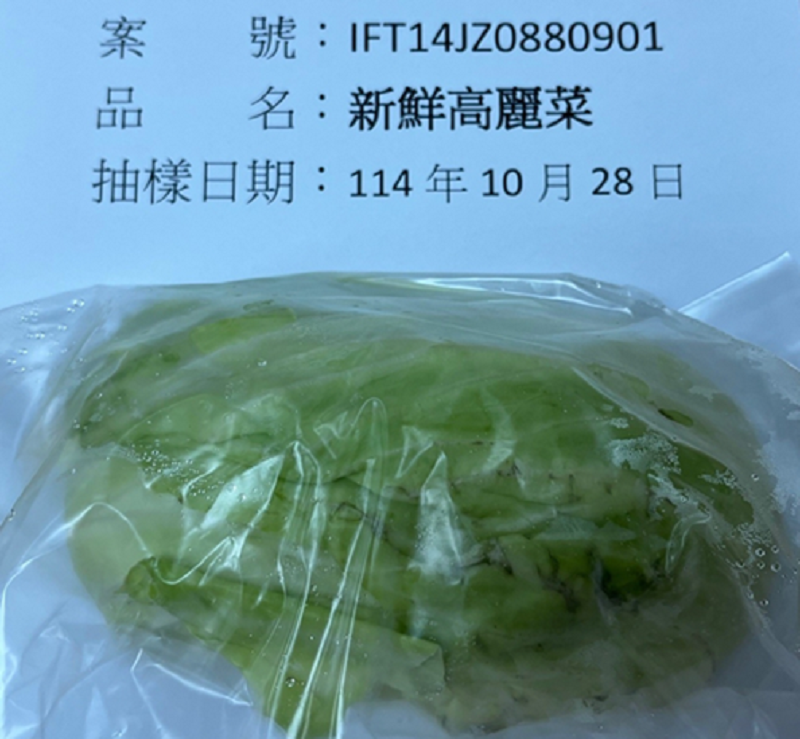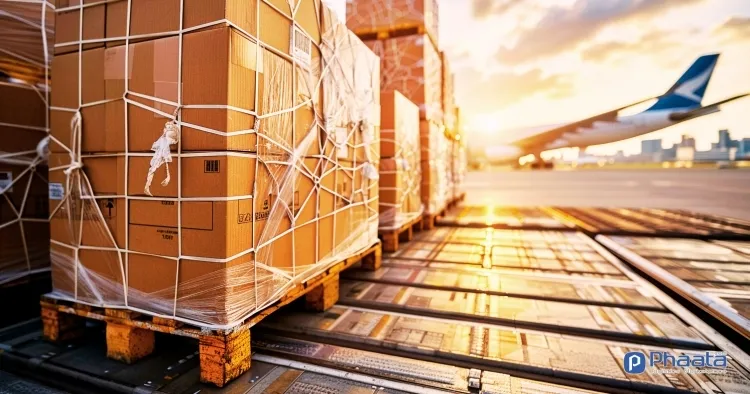Vietnam-China agricultural trade opens up many new opportunities
Agricultural trade between Vietnam and China is opening up many new opportunities, as China reaffirms that it will expand imports and encourage large-scale, high-quality investment.
Speaking at the Vietnam – China Trade Promotion Forum on the afternoon of November 12, Mr. Le Thanh Hoa – Deputy Director of the Department of Quality, Processing and Market Development (Ministry of Agriculture and Environment) emphasized: Vietnam – China trade relations are developing deeply and extensively. In 2024, the trade turnover between the two countries reached more than 205 billion USD, an increase of nearly 20% compared to 2023; by the end of October 2025, it had reached 208 billion USD.
In agriculture alone, in 2024, the import-export turnover of agriculture, forestry and fishery products between the two countries reached 17.8 billion USD, of which Vietnam’s exports reached 13.5 billion USD. Many key products such as fruits, seafood, rice, coffee, pepper, rubber, especially durian, have penetrated deeply into the distribution system in China, from supermarkets, wholesale markets to e-commerce platforms.
On the other hand, Vietnamese enterprises import machinery, equipment, and agricultural materials from China. At the same time, they receive many cooperation opportunities in processing, preserving, and transferring smart agricultural technology.

Despite many positive results, Mr. Hoa also pointed out a number of challenges that are hindering the development of the Vietnam-China agricultural value chain, such as: Unsynchronized logistics infrastructure and cold storage at the border; Small-scale production, lack of connection to raw material areas; Uneven quarantine and quality control capacity between localities; Limited sharing of supply chain data between enterprises. These factors increase transportation costs, prolong circulation time and reduce competitiveness.
To improve the efficiency of Vietnam-China agricultural trade in the coming time, Mr. Le Thanh Hoa proposed to strengthen trade promotion, promote agricultural products and connect businesses of the two countries; Expand cooperation in quarantine and biosafety, control the circulation of goods at the border according to international standards; Link investment in the value chain, focusing on deep processing, cold logistics, e-commerce and standardization of raw material areas.
From a business perspective, Ms. Qi Ping – General Director of Sunwah Gelafood (China) highly appreciated the potential of Vietnamese agricultural products, and emphasized that Vietnamese goods are suitable for Chinese consumers’ tastes in terms of both quality and diversity.
Vietnamese agricultural products are now widely available in large supermarket systems, fresh food wholesale markets, e-commerce platforms and new shopping trends such as “group buying” in China. This is a “golden market” for Vietnamese agricultural products.
Ms. Qi Ping also said that road and rail transport infrastructure between the two countries is being strongly improved, helping to shorten transportation time and reduce logistics costs. Products such as durian, bird’s nest, dried fruit and deeply processed agricultural products are growing rapidly thanks to their suitability to the consumption trends of young Chinese people.
Mr. Hoang Lien Son – Head of the Department of Startup Consulting and Market Development, Department of Quality, Processing and Market Development (Ministry of Agriculture and Environment) said that linking investment in agricultural value chains, forming distribution centers and processing zones at the border is a breakthrough direction.
“The two countries need to increase information exchange and professional cooperation on policies, technical regulations, quarantine and biosafety, and coordinate in controlling the circulation of goods at the border according to international standards. At the same time, promote investment linkage in value chains, focusing on deep processing, cold logistics, e-commerce, standardization of raw materials, forming distribution centers and linked processing zones at the border,” Mr. Son suggested.
At the forum, businesses of the two countries discussed in depth about cooperation: investing in deep processing lines; cold logistics for transporting fresh agricultural products; applying drones in production; standardizing and synchronizing traceability data. These technologies are expected to reduce production costs, increase productivity and ensure the quality of agricultural products.
With a market of more than 100 million people in Vietnam and 1.4 billion people in China, the demand for agricultural products in the region is huge. Therefore, this event not only helps businesses of the two countries find partners and investment opportunities, but also shapes a new cooperation model: jointly developing raw material areas – jointly standardizing quality – jointly building brands.






